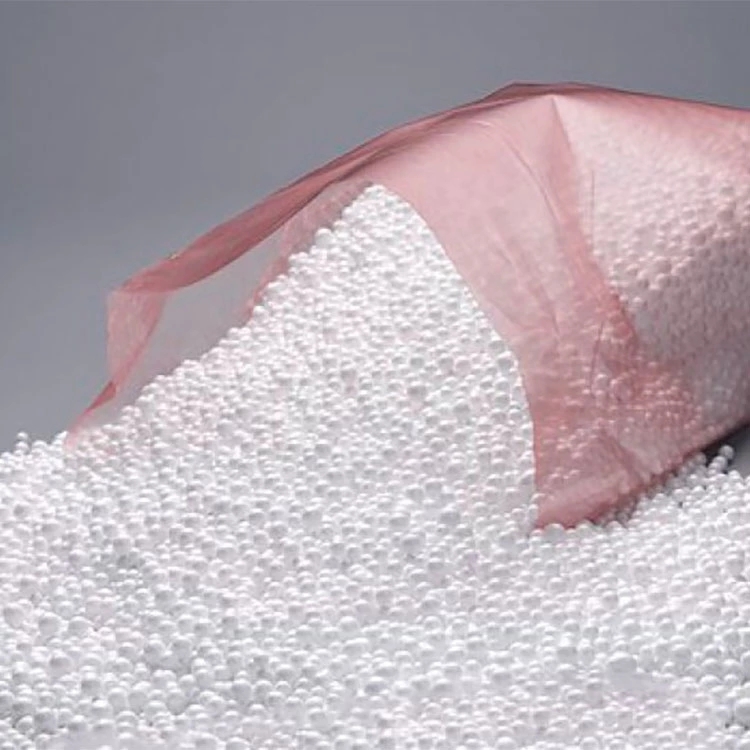 2021.11.25
2021.11.25
In view of improving serviceability & economize cost of different civil engineering structures & reduce usage of natural resources various types of geosynthetic materials, such as geogrids, geotextiles, geomembranes, geofoams, are extensively used to serve specific applications.
Among the above, EPS is only a 3 dimensional material, with considerable thickness compared to its length and width, geofoam comprised of closed cells which are enlarged by using a blowing agent to a required density & makes cellular structure, had been widely used in various applications like thermal insulation, lightweight fill, compressible inclusion & small amplitude wave damping.
Geofoam density is nearly 100 times lower than soil, but its young’s modulus is only 10 times lower than soil. With low density and higher stiffness, it can be effectively used in many applications, such as light weight backfill, embankment over soft soils to reduce overburden pressure.
Recently, geofoam has been used for reducing earth pressure on retaining wall, buried pipes & to reduce swelling pressure in expansive soils. Short & long-term properties of geofoam and its behavior must be thoroughly studied to augment its use in various infrastructure construction projects, to effectively reduce cost & time.






 Tel:
Tel:


